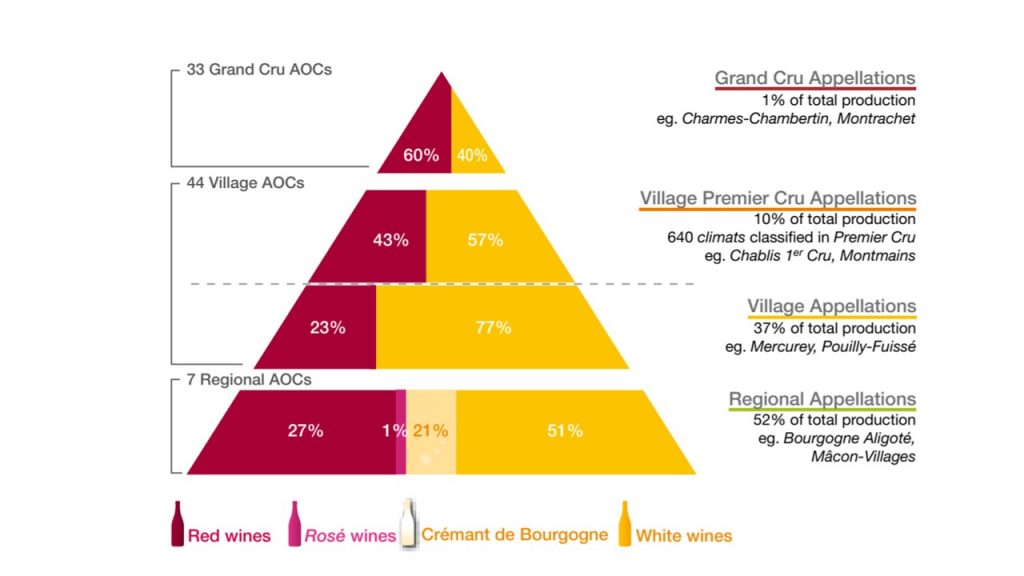The wines of Domaine la Soufrandière are among the most arresting Chardonnays Burgundy has to offer. The six hectare estate is located in Vinzelles, in the oft under-rated Mâconnais wine-producing region. It is the property of the uber-talented Bret Brothers, Jean-Philippe and Jean-Guillaume.
The Vineyards of Domaine la Soufrandière
Originally purchased by their grandfather back in 1947, Jean-Philippe and Jean-Guillaume took up the reins in the year 2000. Having followed the trajectory of their mentor, Jean-Marie Guffens, the brothers were determined to prove that high-quality, ageworthy wines could be made in their Vinzelles vineyards.
To achieve this aim, they immediately set about dissecting their vineyards into terroir-specific plots and began the conversion process to organic and biodynamic farming. At the time, these methods were little practiced in the region. The brothers therefore headed north, to study under Dominique Lafon. By 2006, the wines of Domaine de la Soufrandière were certified both AB (organic) and Demeter (biodynamics).
Today, the estate consists of four hectares (ha) of Pouilly-Vinzelles climat “Les Quarts”, just over one-half a ha of Pouilly-Vinzelles climat “Les Longeays”, and one ha of Mâcon-Vinzelles “Le Clos de Grand-Père”. In 2016, the Bret brothers also took over the management of an additional five ha of Saint-Véran and Pouilly-Fuissé vineyards.
Vineyards range from thirty-three to eighty years in age and are predominantly planted on east and south-east facing slopes.
The Wines of Domaine la Soufrandière
In recent years, the brothers have been progressively lowering sulphur levels in their wines. “We are not extremists” explained Jean-Philippe Bret, at a recent virtual tasting. “If we feel the wine requires a sulphur addition, we will do it”. It is a question of terroir and timing for the brothers.
“Certain terroirs – cooler sites, with healthy, biodiverse soils – handle low sulphur levels better than other areas” according to Jean-Philippe. The brothers wait as late as possible in the winemaking process to ensure the added sulphur remains in its free, active state. Their “Zen” cuvées see no more than 20 milligram/ litre (mg/l) of sulphur additions at bottling, while others tend to sit at a 40 – 60mg/l.
The Bret brothers use gentle, low intervention winemaking methods. The grapes are delicately pressed and allowed to clarify naturally. Wild yeasts are used for fermentation and ageing occurs in seasoned oak barrels. The wines of Domaine la Soufrandière are often categorized as natural wine; a concept the brothers quietly espouse, with reasoned adherence.
What’s next for the wines of Domaine la Soufrandière and Bret Brothers? This question made Jean-Philippe smile. The brothers have a wealth of exciting projects on the go. In the vineyards they are experimenting with different green manures. They are also exploring the use of milk and whey to replace sulphur sprays.
In the cellars, new wine styles are in development. Watch out for an extra-brut, delicately sparkling “Bret Nat” coming soon. Another potential newcomer is a skin contact white, macerated six to eight days before pressing.
The 2018 Vintage of Domaine La Soufrandière
While our discussion was a fascinating one, the goal of the meeting was to taste a trio of top 2018 wines of Domaine la Soufrandière. The vintage was “very hot and dry” explained Jean-Philippe. This led to worries of heavy, overly rich wines reminiscent of 2009. Thankfully this is not the case. The 2018s, while ripe and generously proportioned, retain a fresh, wonderfully vibrant character.
La Soufrandière Saint Véran “Cuvée La Combe Desroches” 2018 – 93pts. PW
The La Combe Desroches plot is located near Vergisson, exposed north, giving a very fresh, mineral-driven style of Chardonnay. Two-thirds of the blend are fermented and aged in tank, while the remaining one-third is matured in seasoned barrels.
Initially discreet. Reveals aromas of ripe lemon, pear, and white blossoms, with underlying hints of wet stone and honeycomb, upon aeration. The palate is zesty and taut, deepening on the mid-palate with juicy citrus and orchard fruit flavours. The finish is electric, with an attractive hint of grapefruit pith bitterness.
Where to Buy: SAQ ($47.50)
La Soufrandière Pouilly-Fuissé Climat « En Chatenay » 2018 – 96pts. LW
This east-facing vineyard at the foot of the Roche de Vergisson planted on red soils of Jurassic limestone that bring “tension and texture” to the wines, according to Jean-Philippe.
Intense, highly complex aromas of yellow apple, brioche, and white blossoms, laced with flinty nuances, leap from the glass. The palate is intially nervy, with mouthwatering acidity bringing lovely balance to the full-bodied, textural palate. Flavours of tart citrus, buttered brioche, and savoury undertones linger on the vibrant, ultra-long finish.
Where to Buy: SAQ ($70.25; also available in magnums)
La Soufrandière Pouilly-Vinzelles Climat « Les Quarts » 2018 – 94pts. LW
This is one of the historic sites for the wines of Domaine la Soufrandière. The Les Quarts vineyard is located at the top of a south-east facing slope of active limestone and clay soils. The vines are among the oldest of the estate, at forty-five to eighty years in age.
Initally restrained, with a mounting symphony of yellow fruits, raw honey, buttered popcorn, and earthy, white mushroom notes developing within minutes of pouring. Racy acidity gives way to an expansive, concentrated mid-palate bursting with bright fruit and savoury flavours. Finishes on a slightly oxidative note, with subtle nutty, crab apple nuances underlying flinty nuances.
Where to Buy: SAQ ($77.25)
What does VW, PW, LW mean in my scores for the wines of Domaine la Soufrandière? Check out my wine scoring system.



